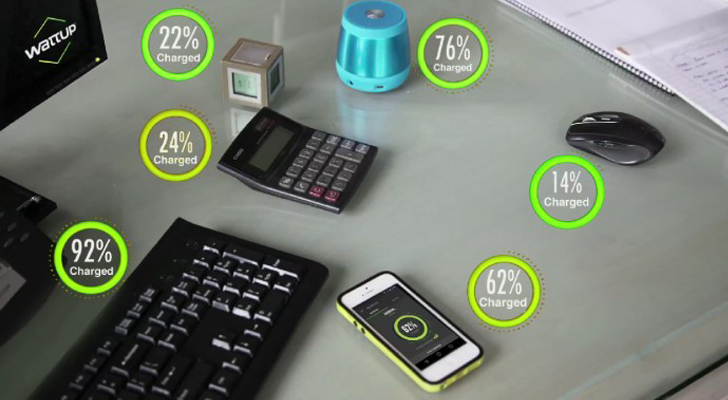Charge the mobile in the same way you connect to wifi, is it possible?
technology·@arielpr·
0.000 HBDCharge the mobile in the same way you connect to wifi, is it possible?
Now, all the technology we use is wireless: either thanks to the bluetooth, to the wifi ... but there is something that keeps weighing us down and making us deal with the cables: charging. Wireless charging exists, but only with small devices. And even then, it's not as convenient as cable. To really power a device, a smartphone, for example, must maintain contact with the charging platform, which means that it can not be used while it is charging. <center></center> That does not mean, however, that no progress is being made. For example, researchers at Disney Research have just demonstrated a new charging method called quasi-static cavity resonance (QSCR) that allows energy to be transmitted wirelessly in a room, which means that the devices while charging the battery. The QSCR works in a similar way as wifi allows you to connect to the internet. To demonstrate this progress, the team built an aluminum room of about 4.5 square meters. The interior was filled with magnetic waves from nearby fields. The result was a cabin that could power mobile phones, fans and lights simultaneously without the use of cables. By inducing electric currents in the metallic interior, they were able to generate uniformed magnetic fields that are then transmitted to receiver coils that follow the same resonance frequency. Devices that operate on the same megahertz frequency could receive energy at any point in the room, while magnetic waves that do not have the same frequency will not be affected. The simulations of this research show that this method can effectively transmit 1.9 kilowatts of power, which could load up to 320 smartphones. To market this technology, it will not be necessary to build new metal rooms. Researchers believe that as they refine the technology, it will be possible to reduce the metal required for interiors. They also think that you can simply add modular panels, special conductive paints or install copper poles in existing structures to obtain the same results. This innovative method could be a great technological change, since it makes electric power as accessible as Wi-Fi, and lends itself to new applications: from portable electronics to robotics. ---------------------- Reference: <a href="http://journals.plos.org/plosone/article?id=10.1371/journal.pone.0169045">PLoS One</a> <center></center>